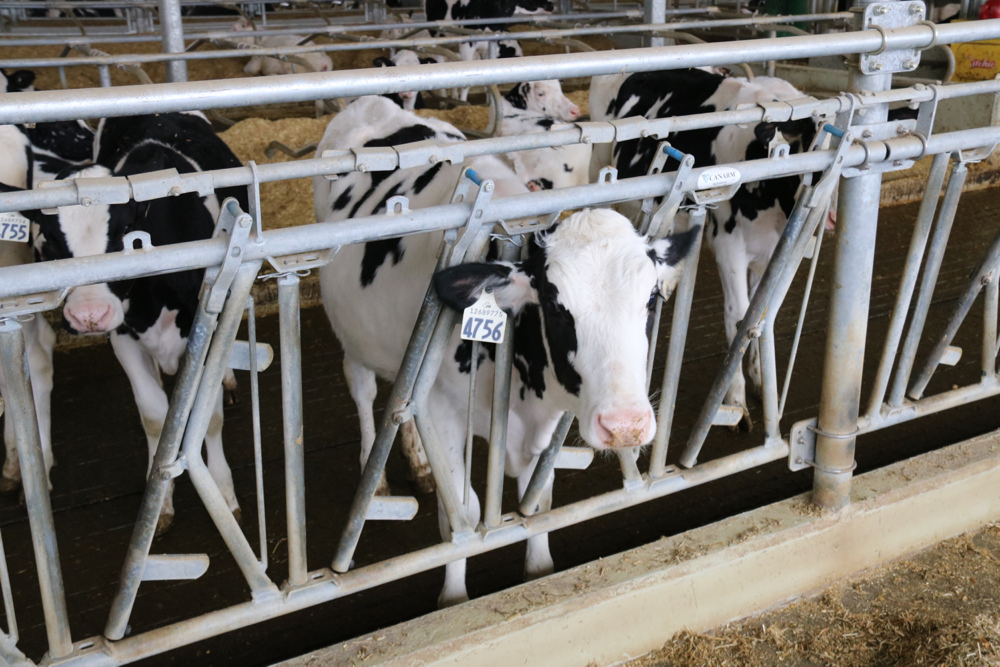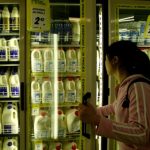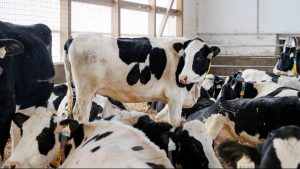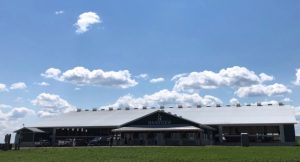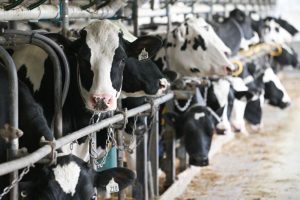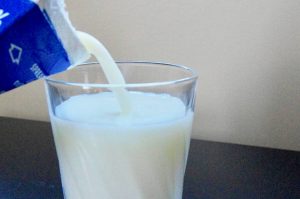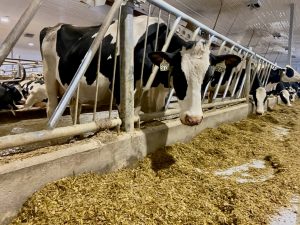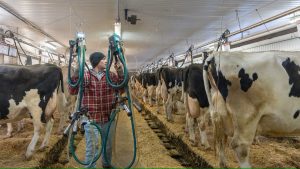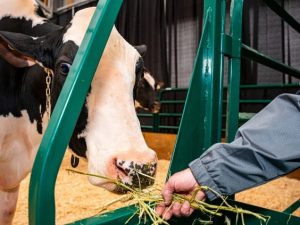
The Efficient Dairy Genome Project (EDGP) is looking for another year of funding so it can complete its work and create breeding indices for feed efficiency for Canadian dairy farmers.
The project recently held an international symposium in Guelph to check in with the co-ordinated research around the world being done on dairy feed efficiency.
Why it matters: Genomics have revolutionized the international dairy genetics system, and researchers have now turned to more difficult-to-measure, but highly valuable traits like feed efficiency.
Filippo Miglior, chief of research and strategic development at the Canadian Dairy Network, and one of the leaders of the Canadian EDGP said that another year of funding will also allow the researchers to look at other traits studied elsewhere in the world, such as tolerance to heat stress.
The EDGP is a huge project in Canada involving the University of Guelph, the University of Alberta and various other dairy organizations and agencies across the country.
Numerous doctoral students are involved in the research, including seven graduate students at the universities of Guelph and Alberta who gave summaries of their research into the links between feed efficiency and estimated breeding values for farmers.
Their work varies from identifying the genes that are tied to feed efficiency to how to screen animals for selection.
Canada is behind some other places in the world which started earlier than Canada at creating a genetic index for feed efficiency. Jennie Pryce, of Victoria Agriculture and La Trobe University in Australia, said that Australian producers already have access to a Feed Save breeding value, thanks to a significant investment in Australia in feed efficiency measurement facilities.
The challenge with feed efficiency is that it takes a long time to measure and requires dedicated cows and equipment. That makes it incredibly expensive compared to other traits which can be measured with on-farm data collected by milk recording organizations like CanWestDHI and classifiers who evaluated cows on farm, like Holstein Canada.
However, less expensive measuring technology, and the potential to establish baselines upon which genetic markers for feed efficiency can be created, have resulted in the creation of projects around the world.
In Australia, Pryce said generating the needed phenotypic, or real animal test data is expensive — $1000 per cow per year.
The Australians are also looking to create genomic indices for heat stress and methane emissions, based on the research done at the AgriBio Centre. There are now 400 people employed at the centre, most of them genomicists, said Pryce.
In Canada, much of the work is being done at the University of Guelph’s dairy research station near Elora, where cow feed intake is being measured individually.
In Alberta, on JP Brouwer’s farm, many of his cows also have individual feeding station’s installed. Brouwer’s farm is the Canadian on-farm co-operator and that has meant a lot of challenges for him.
He told the meeting that the system is working better after he dealt with the rodent and wiring issues as well as issues with the fibreglass troughs. Tag loss continues to be an issue. They also recently added weight measurement units in front of waterers to keep track of animal weight gain.
He’s now seeing usable information for his farm management, beyond collecting data for the national feed efficiency project. They are culling cows that don’t meet feed efficiency benchmarks.
Researchers are also addressing whether farmers will adopt genomics, now that feed efficiency is a possibility.
Farmers need to see a return on investment, said David Worden, a research associate at the University of Guelph. That will depend on individual farm circumstances. If they make breeding decisions based on genomics and don’t see improvement, then the use of feed efficiency traits won’t see growth, he said.
Ellen Goddard, of the University of Alberta is also working on farmer adoption of feed efficiency in breeding programs. She said that feed efficiency is a significant trait for lessening environmental impact of dairy farming, but that’s not enough for farmers to adopt it. They also have to see improved financial sustainability on their farms, she said.
